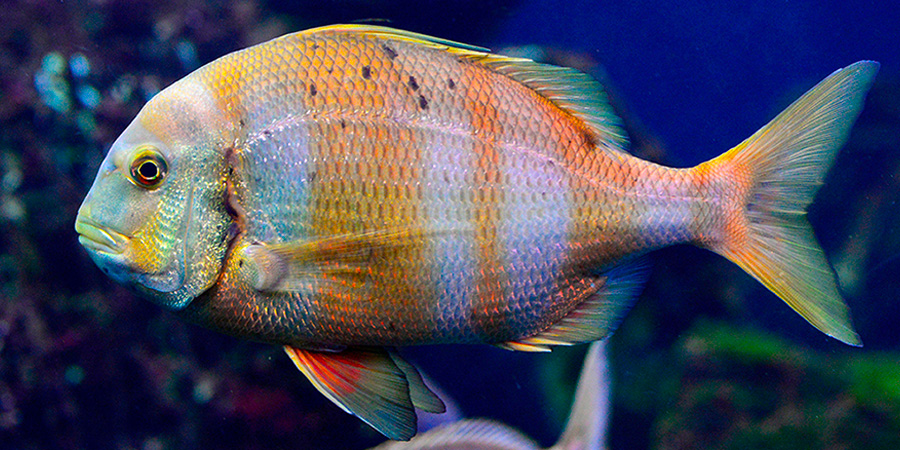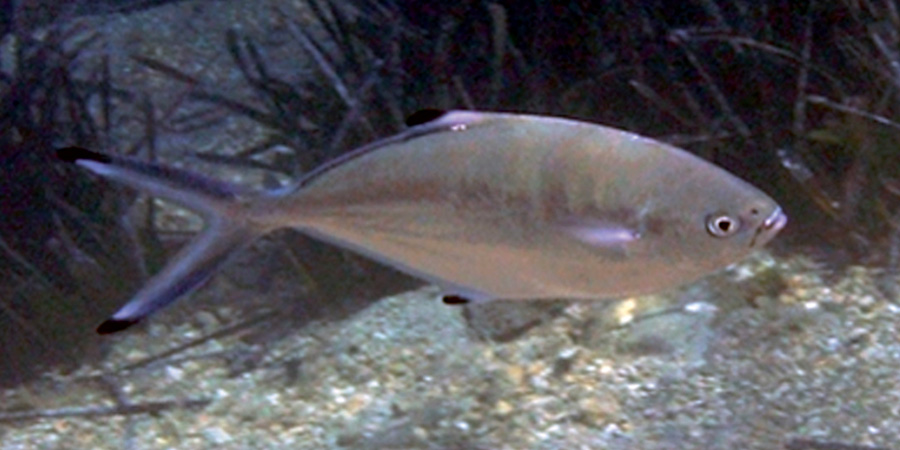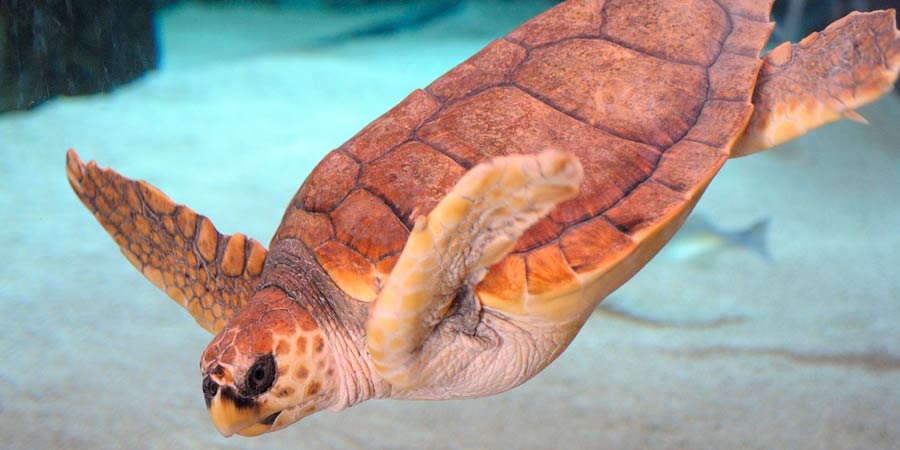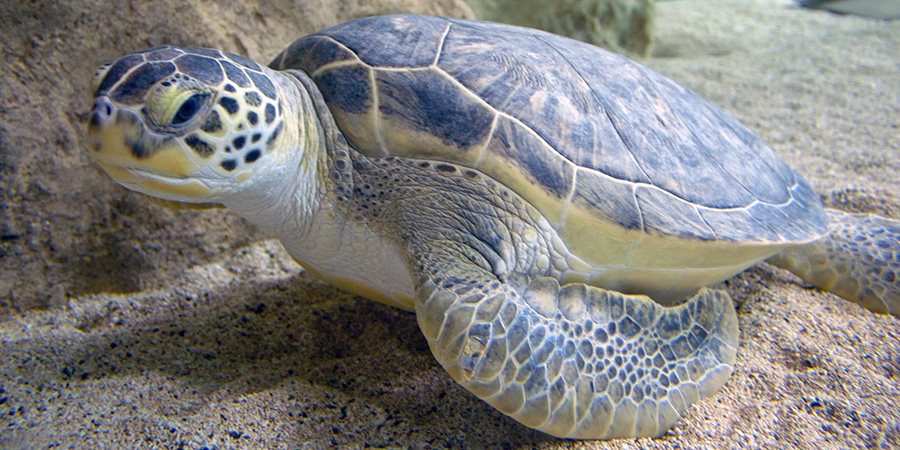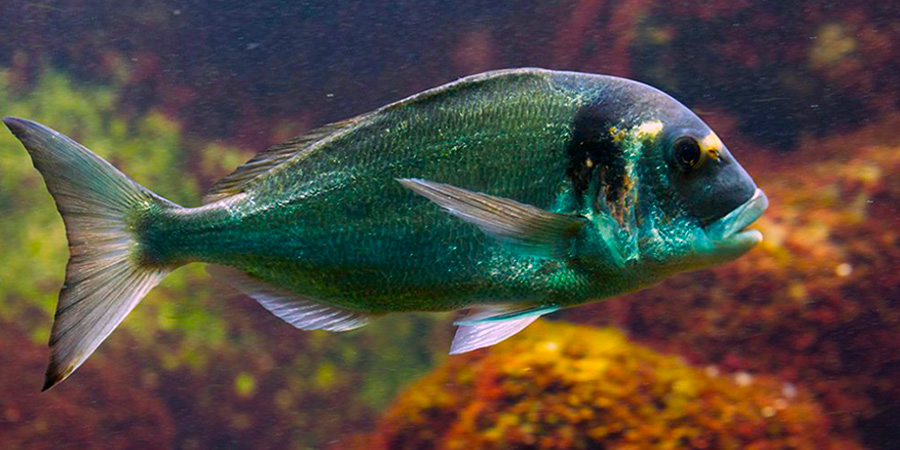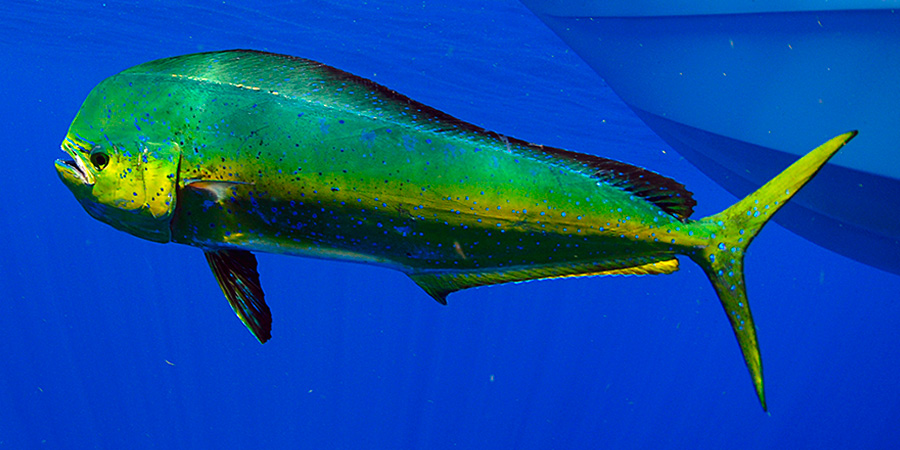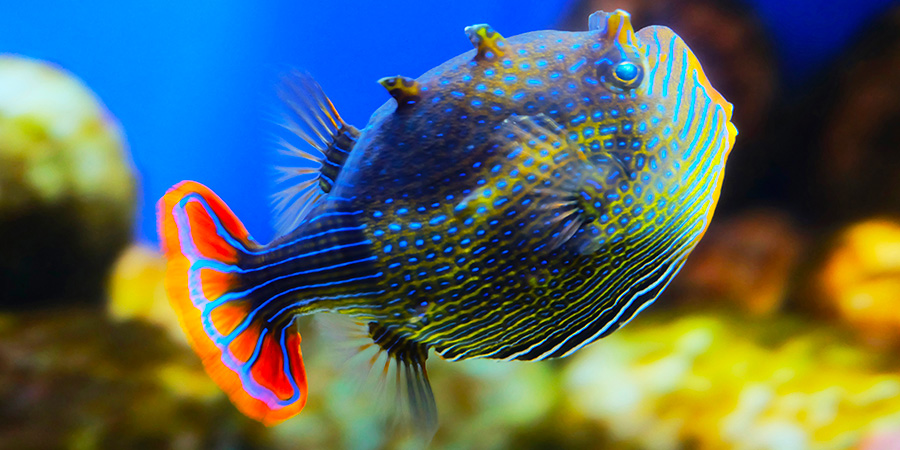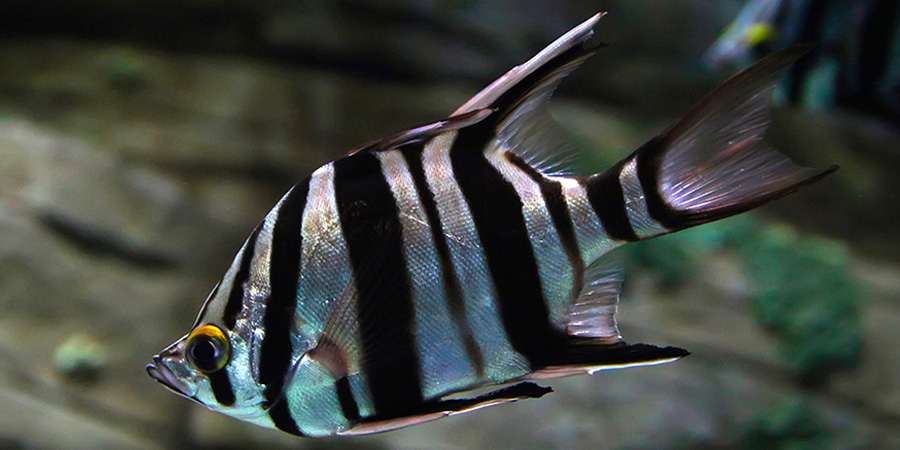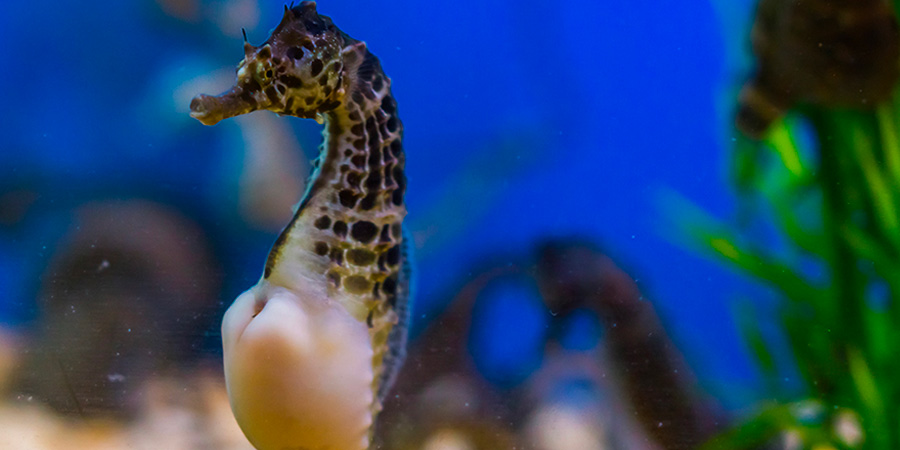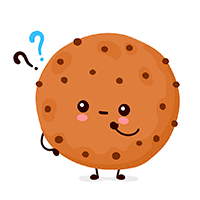
Scientific name : Umbrina cirrosa
Family : Sciaenidae (umbrina, corb, drum, 293 species)
Size : Up to 1 meter
Distribution : This species occurs in the Mediterranean Sea and the Black Sea, but it is rarely found in the Atlantic Ocean
Biology : It feeds on diverse invertebrates that it unearths from the sand, mostly crustaceans, and mollusks. Young fish inhabit estuaries, while adults live on sandy seabed.
IUCN status : Vulnerable

